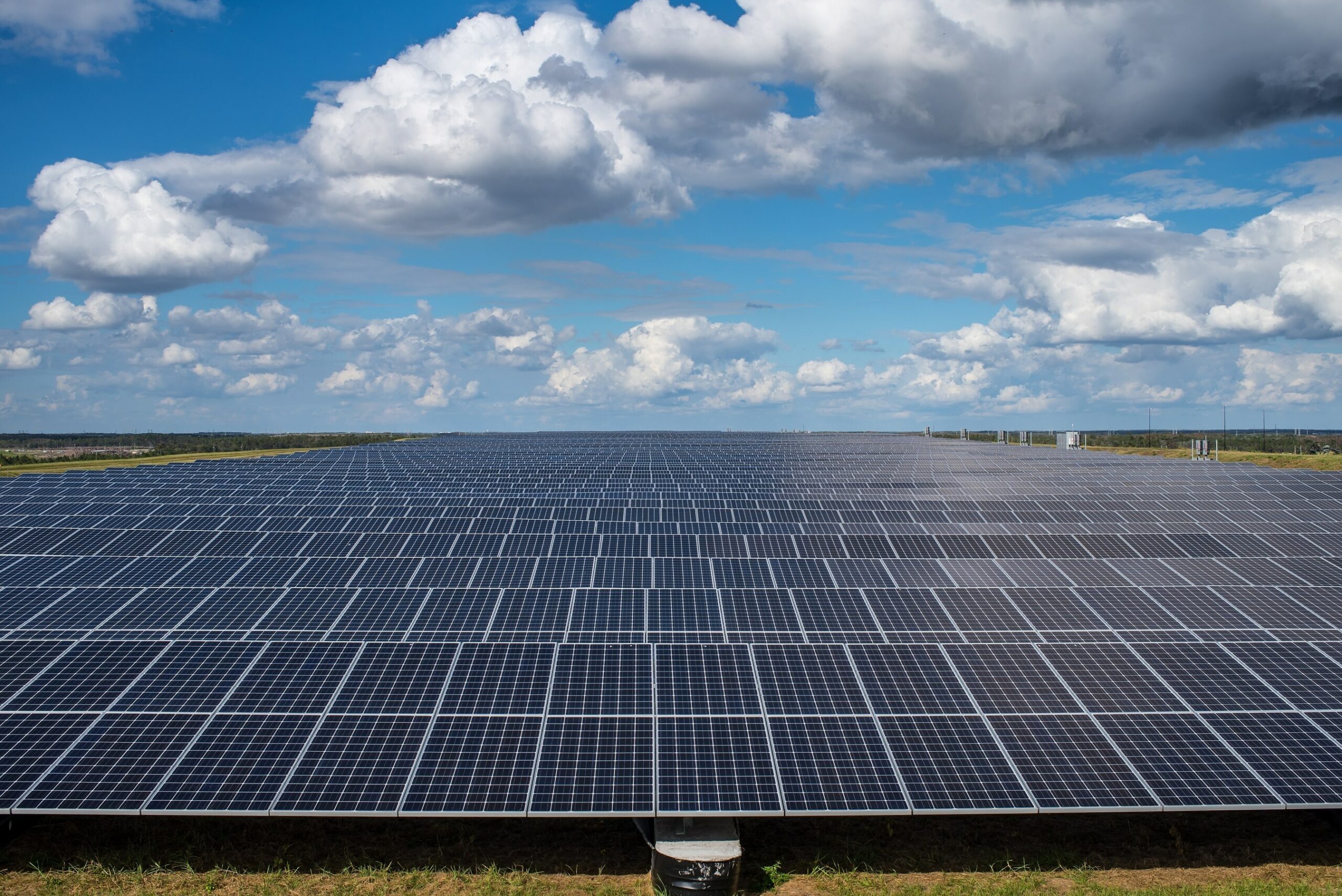
(Boston Consulting Group, 6.Jul.2023) — Boston Consulting Group’s Rebecca Fitz talks about why financing the energy transition will take a collective action.
BCG: When it comes to climate investment, what is the gap between what we need to spend and what is actually being invested?
Rebecca Fitz: Most of the analysis on climate investment looks at what is required to get us to net zero. A few months ago, we decided to take a different approach, analyzing what companies are actually planning to spend.
We looked at about 300 large energy companies. These included oil and gas players, the largest power and utility companies around the world, green energy companies, state-owned enterprises, and private equity firms that are investing in energy. We found that this group is projected to invest about $19 trillion between now and 2030. The International Energy Agency estimates $37 trillion in investment is required between now and 2030 to keep us on track for net zero by 2050. That leaves a gap of roughly $18 trillion.
BCG: In what specific areas is investment coming up short?
Rebecca Fitz: There are four major categories of investment that are coming up short: development of fossil and low-carbon fuels, investments in infrastructure such as power grids, expansion of electricity power generation, and decarbonization at the end-use stage. Our analysis found that the largest gap—about 50% of the total—was in the end-use category.
This highlights that end users—industrial goods companies such as steel, cement, and aluminum manufacturers—have critical roles to play. They need to increase investments not only in energy efficiency, but also in fuel switching (for example, to biofuels) and on-premises renewables and carbon capture, utilization, and storage (CCUS).
BCG: Is the challenging macroeconomic environment right now having an impact on the gap?
Rebecca Fitz: Definitely. The gap has widened a bit over the last year due to rising inflation and interest rates. Higher inflation increases costs overall—and therefore the amount of capital needed to advance a project. At the same time, the rising cost of capital depresses rates of return, making investments in general less attractive and in some cases slowing or blocking project approvals.
The challenges are particularly stark in renewables, which are typically funded with higher debt levels than oil and gas projects. For example, wind turbine costs are up about 30% since late 2021. As a result, we’ve seen a slowdown in renewables project finance deal volume as companies reevaluate debt financing costs. And we’ve also seen moderate increases in renewable power purchase agreement pricing to improve profitability and stimulate additional capex outlays.
BCG: In the past, energy companies essentially footed the bill for most of the investment in the overall energy system. So why is that changing—why do we need end users to step up and invest?
Rebecca Fitz: Traditionally, energy has been an extractive resource. You extract and sell it. And that was a high risk, but high return, business. As we move to net zero, that premise changes. Energy becomes less of an extractive resource and more of a developed and manufactured resource with lower risk and returns.
And given the high capital expenditure required—whether you are talking about renewables such as wind and solar or CCUS—you need a customer and joint investment. That changes the relationship between buyer and seller. You need a much bigger ecosystem where the energy providers and users are investing jointly to see projects through.
BCG: Is this joint investment happening?
Rebecca Fitz: It is. But this new energy ecosystem is still in its infancy. The Green Hydrogen Hub in Denmark, for example, is a project supported by companies across the value chain, including players in renewable energy generation, conversion of the energy to green hydrogen, and the end use of the energy in transportation, as well as Danish public authorities. These projects are rewriting the rules of game—who the partners are, who invests in an energy project, what risk each takes on. But we need to accelerate the pace.
One of the key questions is how policymakers can incentivize more investment, including through these sorts of cross-sector arrangements. The Inflation Reduction Act is a clear example of how policy incentives can change capital deployment patterns. Companies are already shifting investment toward the US. And European policymakers are also pushing policies to ensure EU companies aren’t at a disadvantage. Governments have opportunities in other areas as well. For example, they can eliminate obstacles in planning and permitting that prolong project timelines.
BCG: What is it that large industrial energy users can be doing to address the gap in transition investment?
Rebecca Fitz: First, they can boost their spending commitments on energy transition initiatives. Second, they can help drive the creation of new ecosystems involving energy suppliers and users to spur more investment in hard-to-abate sectors. Third, they can look for ways to capitalize on and tap into expanded government support and subsidies.
Fourth, they must continue to push on business model and technological innovation. This is critical. One of the things we are seeing is an increasing ability of energy users to be flexible. For example, normally end users run a plant to maximize utilization. But in a net zero world there could be a rethinking of some of that. Maybe a plant on solar should run more during the day. Companies can make those sorts of changes if they have the right information. And that requires investments in the right data and digital skills. And it also often requires a new mindset.
BCG: We’ve talked about governments, energy companies, and energy users. What is the role of investors closing the investment gap?
Rebecca Fitz: Investors need to fully integrate carbon risk into their portfolios—something that isn’t happening today.
Large investors in public equities can assist companies within their portfolios to strike the right balance between short-term profits and investing in the long-term energy transition. This includes encouraging those companies to incorporate climate risk into their capital investment decisions. And public investors can redirect some of the capital they receive via shareholder dividends and buybacks from traditional energy investments towards high-growth, low-carbon companies.
Private equity investors can have a big impact given their role in helping portfolio companies shape strategy. So, in addition to factoring carbon risk into their own investment decisions, private equity investors can also support decarbonization among their portfolio companies. If private equity investors focus on emissions reduction as an opportunity to create value—not as a cost—that will incentivize the companies they invest in to push ahead on decarbonization.
____________________
By Rebecca Fitz

